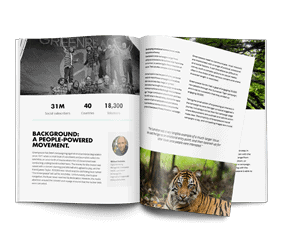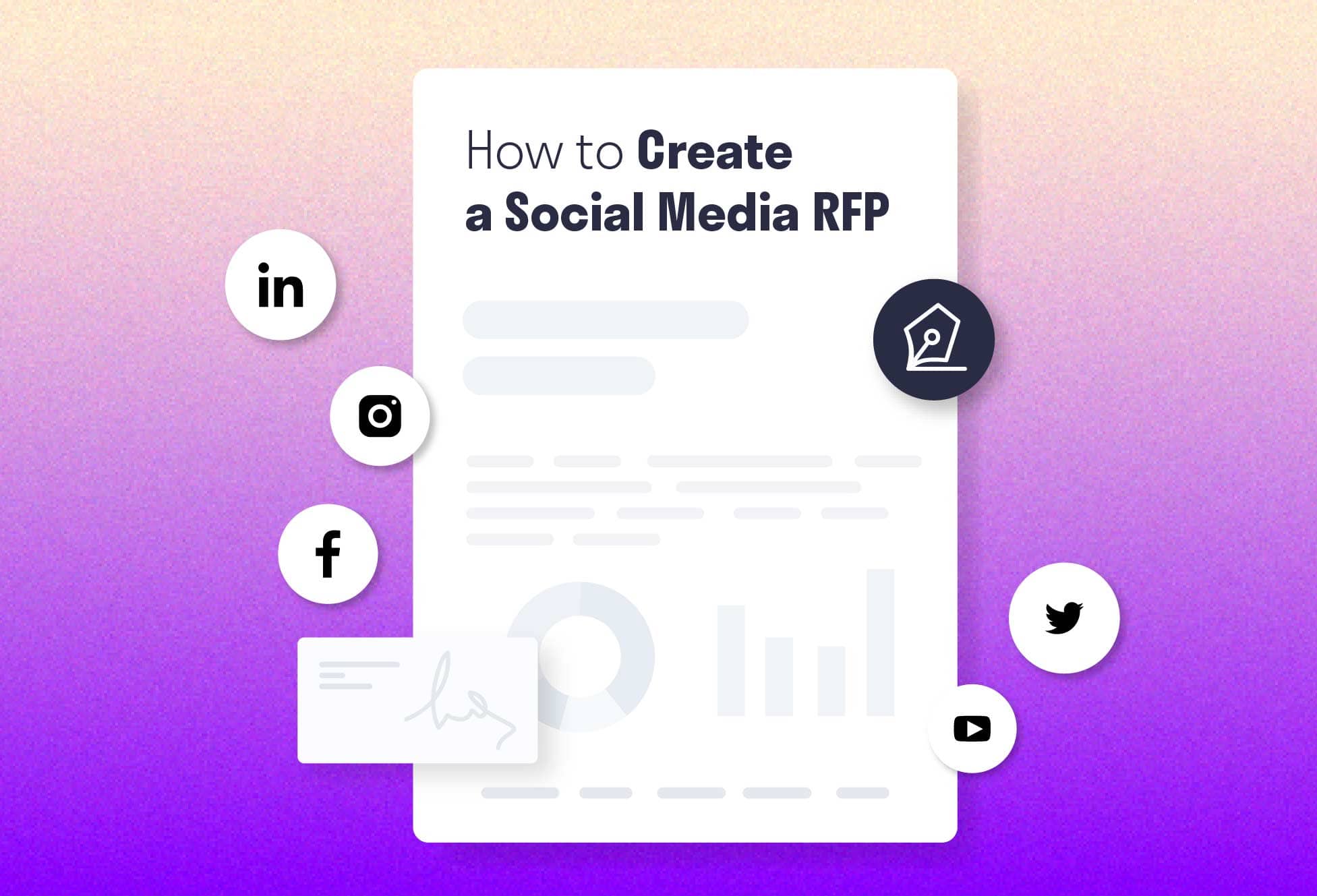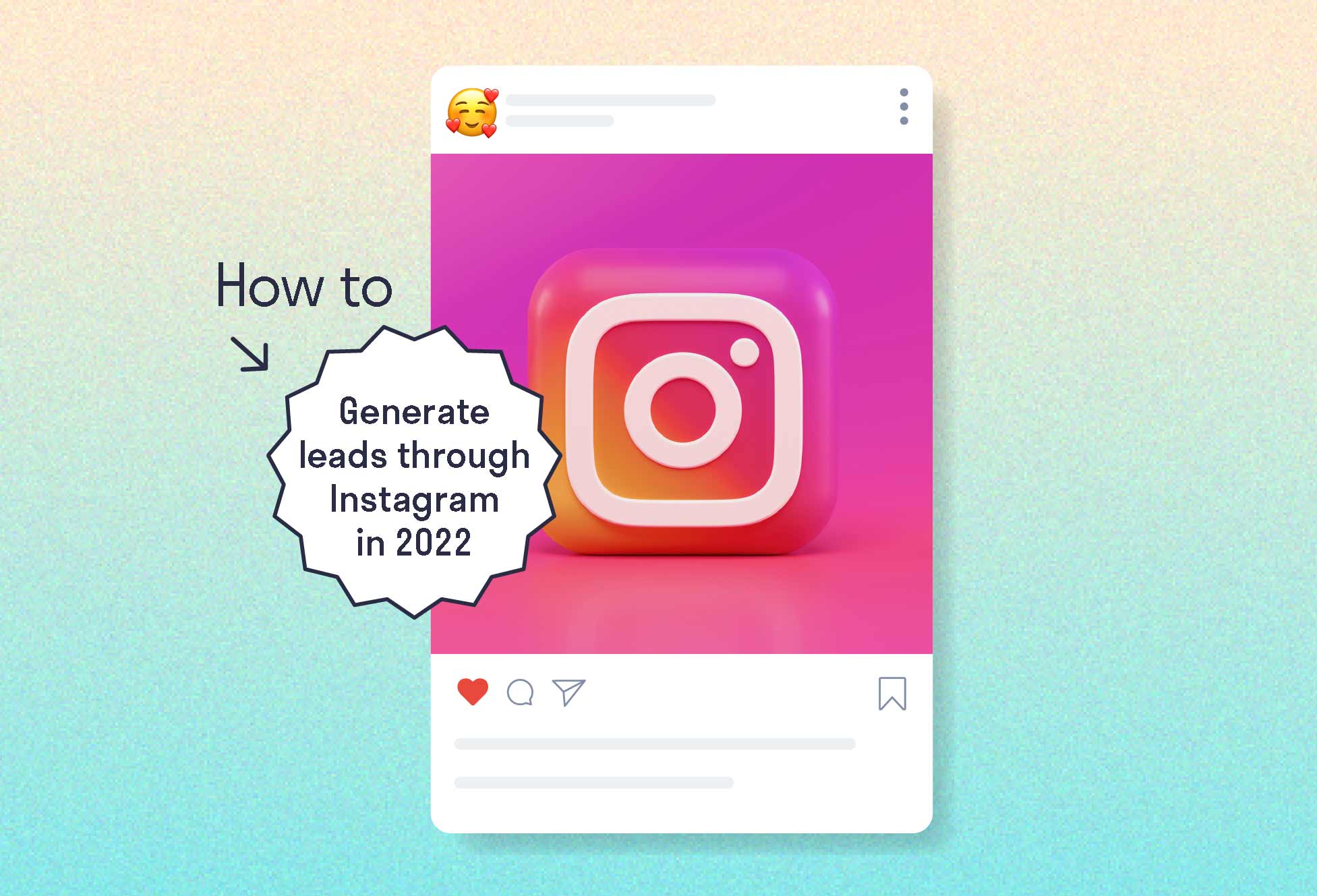40
Countries
31M
Social subscribers
18,300
Volunteers
By definition, nonprofits exist for the benefit of a community. Whether engaging supporters, conducting outreach or making organizational decisions, social media is a crucial piece of the nonprofit’s toolkit.
Greenpeace needs no introduction. The environmental powerhouse is driven by a people-powered movement, campaigning for “a peaceful, just and green future.” People-power, or “follower-power” in social media parlance, is an effective force for change and in respect to Greenpeace, a tool to help advance the organization’s overall mission.
With over 18,300 volunteers and over 31 million subscribers to their social channels, Greenpeace was challenged to create an effective social content strategy that reached and inspired their massive audience to action. NATO also confronted similar issues reaching and resonating with their wide audience. Read more about their digital strategy here.
Greenpeace’s approach paid off, they exceeded their campaign reach goals by 140%. They achieved this by creating a strategy which invited their followers to take a positive, measurable action. Download the case study to learn more about Greenpeace’s social success.
“If we’re going to fuel the climate change movement, we need to reach a lot of people. Social media is a gateway – if we can grow followers, engage them in discussion, we can encourage them to take action both online and offline.”
Michael Hedelain Digital Marketing Manager, Greenpeace Nordic



